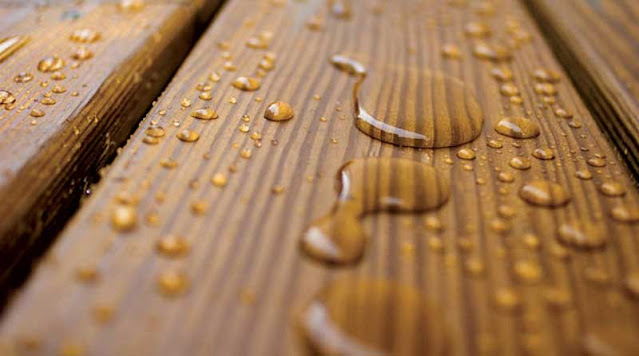Wood Preservatives Are Beneficial For Controlling Fungal Rot Or Decay, Sapstain, Molds And Wood-Destroying Insects
 |
| Wood Preservatives |
Wood preservation protects and extends the service life of wood products, such as timbers, poles, and fence posts. This reduces the need to replace them and allows forests to continue to grow and provide environmental and economic benefits.
However, the use of most traditional heavy-duty Wood Preservatives, such as chromated arsenicals (CCA), creosote, and pentachlorophenol (PCP) can pose risks to human health and the environment when used incorrectly or in conjunction with untreated materials. As such, the use of these preservatives is prohibited in many locations and applications.
According to Coherent Market Insights, The Wood Preservatives market was valued at US$ 1,377.8 Million in 2021 in terms of revenue, exhibiting a CAGR of 5.6% during the forecast period (2022 to 2030).
The penetration and retention of Wood Preservatives depend on the type of treatment process and the wood species. The sapwood of most commercial tree species accepts preservatives much more readily than heartwood. The penetration and retention of preservatives can also be influenced by the moisture content of the wood at the time of treatment. To achieve adequate protection it is critical to treat the entire surface of the wood including the end grain.
Brushing and spraying are common ways of applying preservatives to wood. Generally, water-based chemicals are used with these processes. Water-borne preservatives are dissolved in water or other organic solvents to penetrate the pores of the wood.
Several different water-borne preservatives are available and they can be formulated to achieve different penetration levels. The most common water-borne preservatives include copper naphthenate, copper azole preservatives, and the isothiazolones MIT and CMIT.
Another way of treating wood to prevent wood decay, insect infestation, fungal growth and mildew is by dipping. This involves immersing the wood in a preservative bath for a few seconds to minutes.
Dip treatment is typically used on lumber, decking, fencing, and utility poles to control wood decay, termites, other wood-destroying insects, fungal spores, and mildew. Several different water-based preservatives are used with this treatment method, including copper naphthenate and pentachlorophenol.
The dipping process is a faster and more economical alternative to brushing and spraying, whereas it can be difficult to control the amount of preservative absorbed. Another variation of this treatment is full-cell impregnation with water solutions or oil.
This method of treatment is a more labor-intensive process than the dipping technique and is largely limited to treating small lots of lumber. It consists of cutting shallow, slit-like holes into the wood before treatment with a Wood preservative. The holes allow for deeper and more uniform preservative penetration.
This treatment is often used to re-treat wood that has reached the end of its protective service life, such as utility poles. The wood is removed from the ground and a preservative is applied to the surface of the wood or injected into drilled holes in the wood. The treated area is then wrapped to keep the Wood Preservatives in place and the wood protected.
Arxada declared the completion of its merger with Troy Corporation, in January 2022. This will help in delivering value-added services to customers.
Comments
Post a Comment